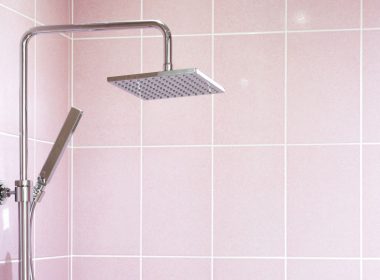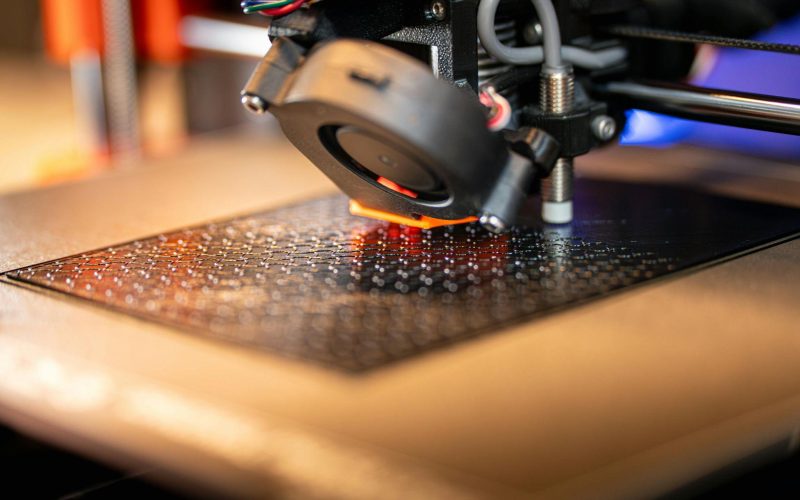Metal 3D printing, also known as additive manufacturing, has revolutionized the way we think about industrial fabrication. This technology allows for the creation of complex, highly detailed structures that were once deemed impossible or too costly to produce using traditional methods.
In this guide, we’ll delve into the intricate world of metal 3D printing, exploring its methodologies, applications, and its transformative potential in modern manufacturing.
What is Metal 3D Printing?
Metal 3D printing refers to the process of creating three-dimensional metal objects from a digital model using additive manufacturing technology. It has evolved significantly since its inception, becoming an integral part of the industrial manufacturing landscape.
By layering material, usually metal powder, and fusing it through controlled laser or electron beams, this technology builds objects from the ground up, allowing for intricate designs and superior mechanical properties.
Of course, and last but not least, you’ll need a professional 3D printer. Consider checking out the high-quality industrial 3D printers from Raise3D, which offer advanced solutions for enhanced efficiency and precision.
Brief History and Evolution
The journey of metal 3D printing began in the late 20th century, with the development of early forms of additive manufacturing. Initially used for prototyping, it has transitioned into mainstream production, particularly for complex parts in the aerospace, automotive, and medical industries.
How Does Metal 3D Printing Work?
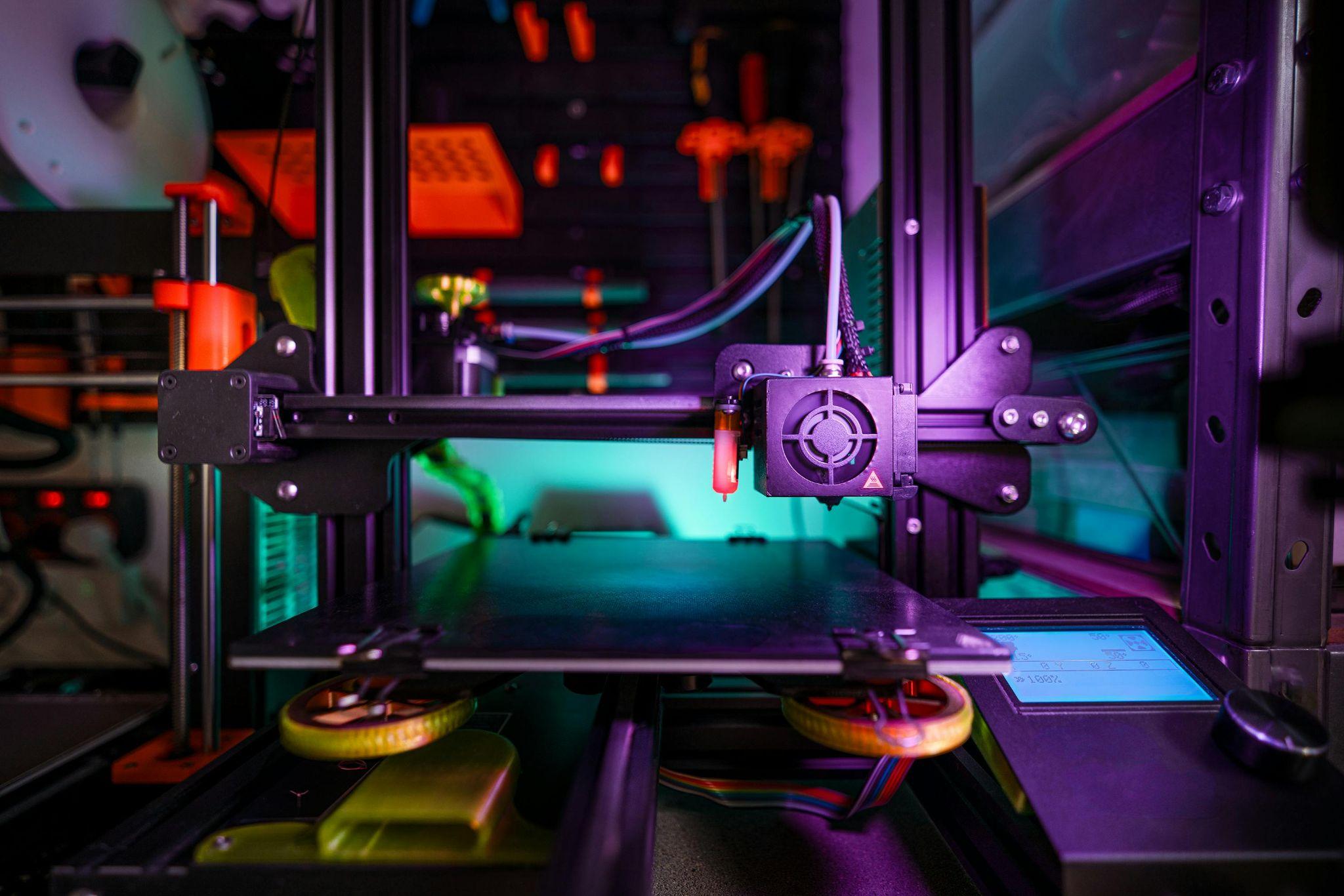
The metal 3D printing process involves several key steps, starting from a digital design to the final physical object. This process varies slightly between different technologies, but the core principle remains the same: add material rather than remove it.
Powder Bed Fusion
Selective Laser Melting (SLM) and Direct Metal Laser Sintering (DMLS)
These technologies use a high-powered laser to melt and fuse fine metal powders. The primary difference lies in their approach to melting; SLM melts the metal completely, while DMLS heats it to the point of sintering.
Directed Energy Deposition
A nozzle deposits metal powder into a focused energy source, typically a laser, which melts the powder upon deposition to form a solid material.
Binder Jetting
This process involves depositing a binding agent onto layers of metal powder, which is then post-processed in a furnace to achieve structural integrity.
What Materials Can Be Used in Metal 3D Printing?
Various metals and alloys can be adapted for use in 3D printing, offering different properties for specific3D printing applications:
- Titanium: Known for its strength, lightweight, and corrosion resistance, ideal for aerospace and medical devices.
- Aluminum: Offers a good strength-to-weight ratio and conductivity, commonly used in automotive and aerospace industries.
- Stainless Steel: Widely used for its robustness and corrosion resistance across many applications.
- Cobalt-Chrome: Characterized by high strength and wear resistance, suitable for dental and orthopedic implants.
Can Metal 3D Printing Create Complex Structures?
Metal 3D printing excels in creating complex geometries that traditional methods cannot replicate easily. It can produce intricate designs with internal structures and channels that enhance the functionality and weight efficiency of parts. For example, aerospace components with complex cooling channels or lightweight structures are now feasible.
What Are the Advantages of Metal 3D Printing for Complex Structures?
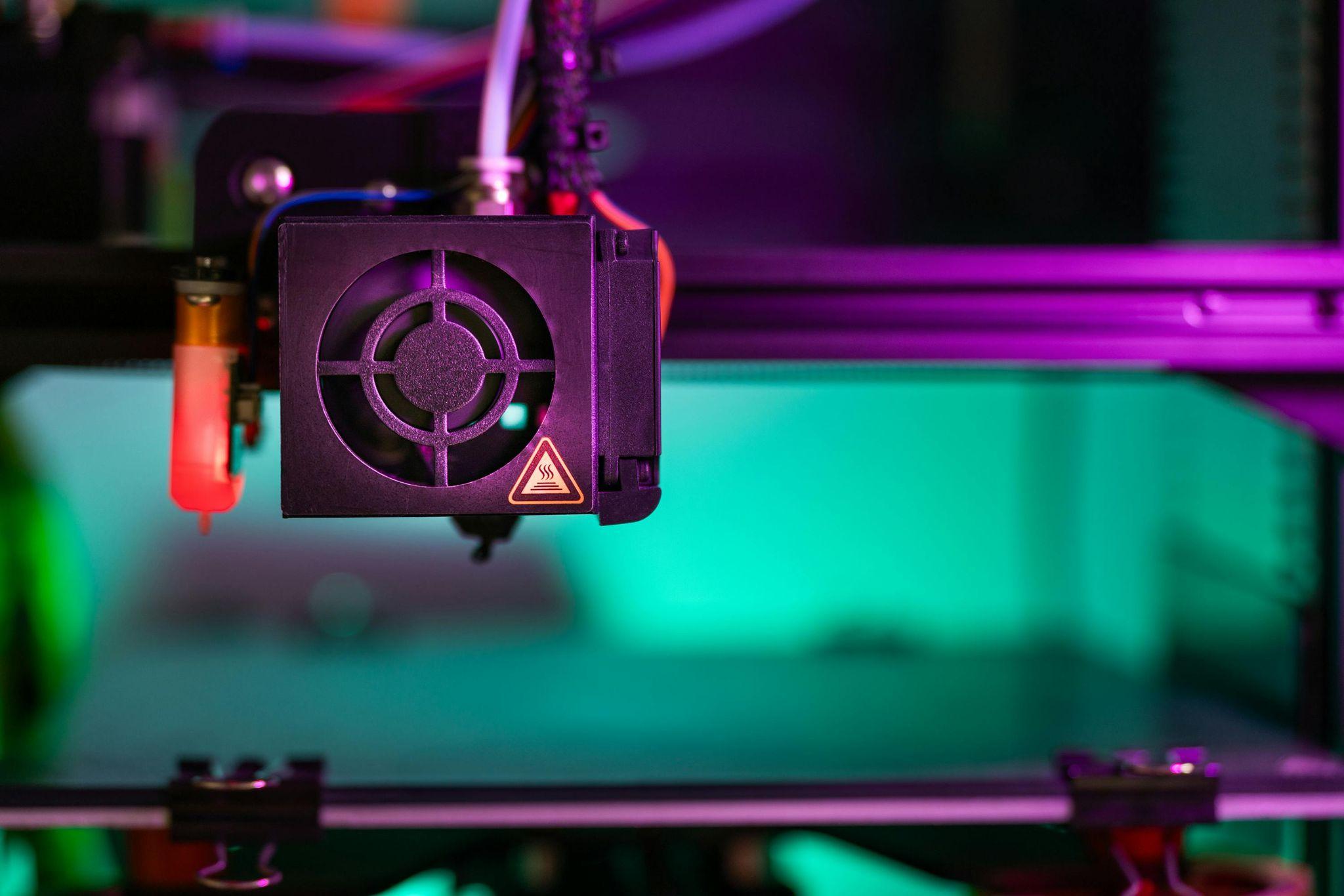
The ability to print complex structures directly from digital models offers several advantages:
- Design Freedom: Virtually no design limitations, allowing for innovation and complexity.
- Reduced Material Waste: Material is added rather than carved out, significantly reducing waste.
- Customization: Each print can be uniquely tailored without impacting manufacturing costs.
- Rapid Prototyping: Accelerates the development cycle, allowing for faster iteration and testing.
What Are the Challenges in Metal 3D Printing Complex Structures?
Despite its potential, metal 3D printing faces several challenges:
- High Cost: The materials and technology required are still relatively expensive.
- Technical Expertise: Requires significant expertise to operate machinery and design for additive manufacturing.
- Post-processing Requirements: Many printed objects require extensive post-processing to achieve the desired finish and mechanical properties.
How Accurate is Metal 3D Printing?
The accuracy of metal 3D printing is influenced by machine calibration, material properties, and the chosen printing technology. Although highly accurate, slight deviations can occur due to material behavior under heat and the layer-by-layer construction method.
What Are the Applications of Metal 3D Printing in Different Industries?
Metal 3D printing has found applications across various sectors:
- Aerospace: Produces lightweight, complex parts that reduce overall aircraft weight.
- Medical: Custom implants and prosthetics tailored to individual patient anatomy.
- Automotive: Prototyping and production of custom, lightweight automotive parts.
- Jewelry: Allows for intricate, detailed designs that are difficult to achieve with traditional methods.
How to Optimize Design for Metal 3D Printing?
Designing for metal 3D printing requires consideration of several factors to optimize performance and manufacturability:
- Support Structures: Necessary for overhanging features but should be minimized to reduce post-processing.
- Weight Reduction: Design parts to use the least amount of material without compromising structural integrity.
- Material Shrinkage: Account for the thermal expansion and shrinkage of materials during the printing process.
What Are the Post-Processing Steps in Metal 3D Printing?
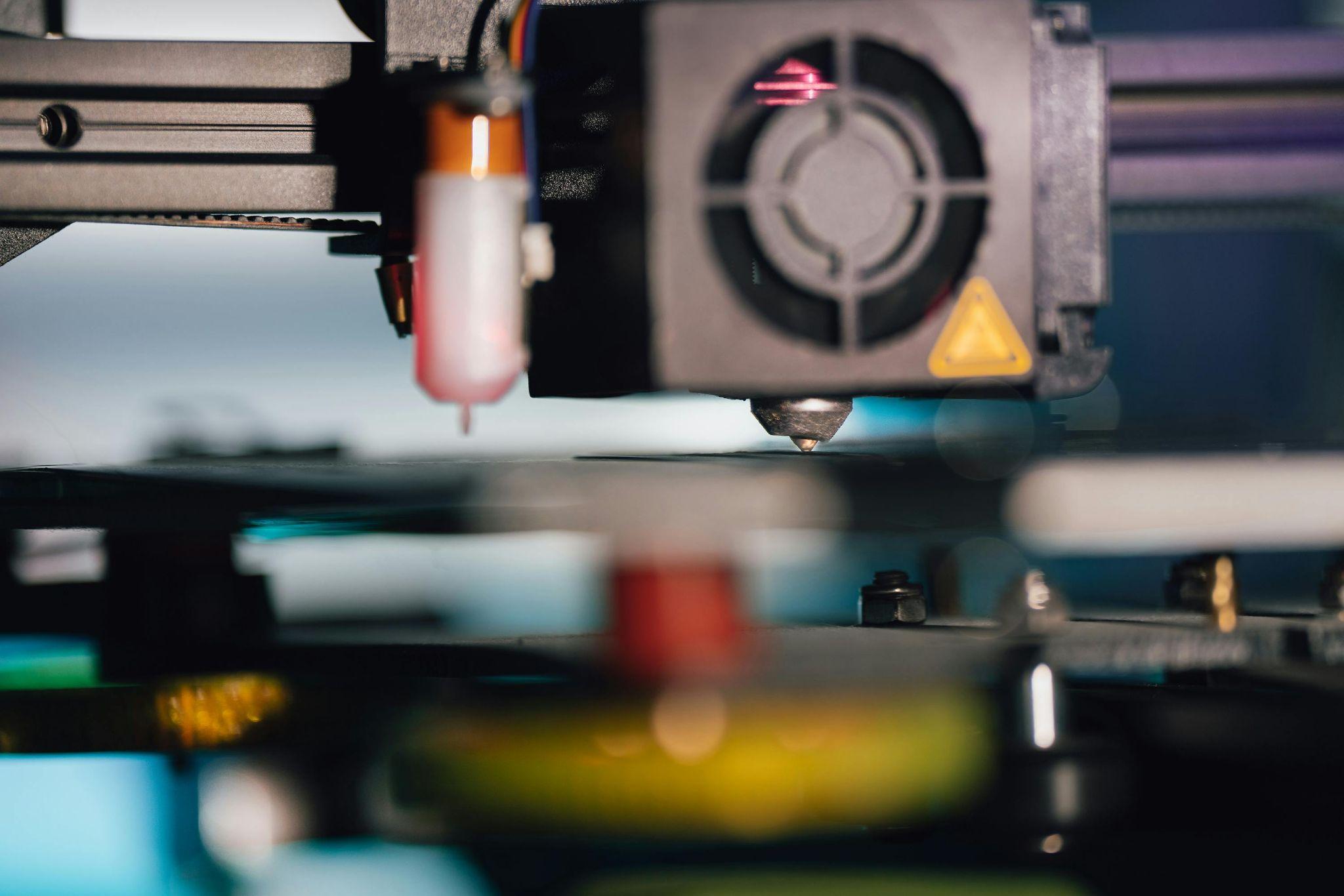
Post-processing techniques are crucial to enhance the properties and appearance of printed parts:
- Heat Treatment: Improves mechanical properties and relieves stresses.
- Surface Finishing: Techniques like sandblasting, polishing, and coating improve surface smoothness and appearance.
- Support Removal: Supports must be removed and the surface finished, often manually.
- Inspection and Testing: Ensures parts meet quality and specification requirements.
What Are the Costs Associated with Metal 3D Printing?
Cost factors include:
- Material Costs: High-performance metals can be expensive.
- Machine Costs: Initial investment and maintenance can be significant.
- Operational Costs: Includes labor, machine operation, and facility costs.
- Post-processing Costs: Additional steps add to the overall expense.
How to Choose the Right Metal 3D Printer?
Choosing a printer involves several considerations:
- Build Volume: Determines the maximum size of parts that can be printed.
- Resolution and Accuracy: Affects the detail and precision of printed parts.
- Material Compatibility: Not all printers can handle all metal powders.
- Cost and Maintenance: Should match the budget and capacity for upkeep.
What Are the Alternative Technologies to Metal 3D Printing?
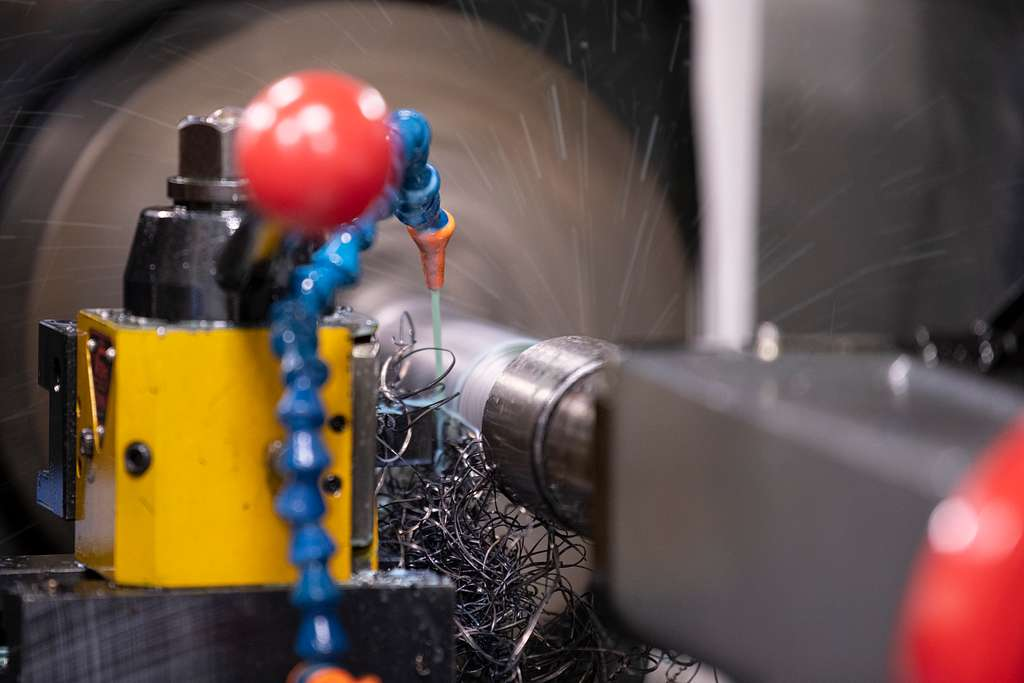
While metal 3D printing offers unique advantages, other manufacturing techniques remain relevant:
- CNC Machining: Offers precision and material versatility but less complexity.
- Metal Casting: Suitable for large volumes but less detail.
- Traditional Manufacturing: Often more cost-effective for simple designs.
Future Trends in Metal 3D Printing
Emerging trends in metal 3D printing include increased automation, improved materials, and more accessible software, promising to further its adoption and capabilities across industries.
Conclusion
Metal 3D printing stands at the forefront of manufacturing innovation, offering unparalleled freedom in design and production. As technology advances, it will continue to reshape industries, making the production of complex structures not only possible but also more efficient.



